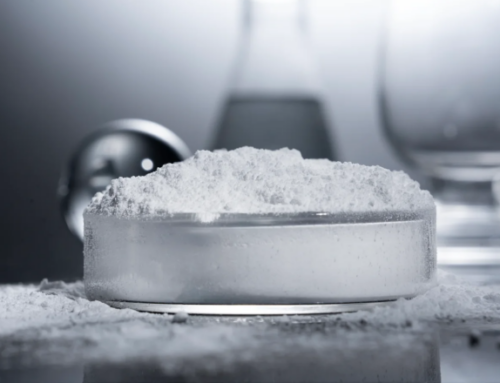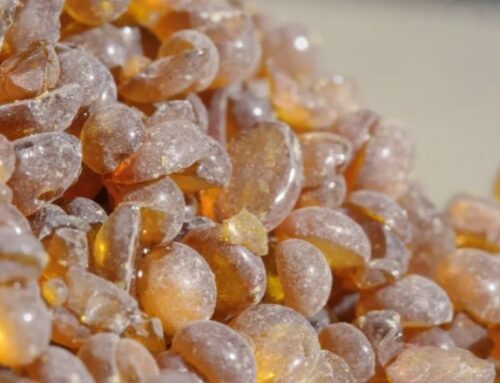Preparation method of catalysts
Each method of manufacturing catalyst is actually a combination of a series of operating units, for convenience, the name of the key and characteristic operating unit is the name of the manufacturing method, the traditional method has mechanical mixing method, precipitation method, impregnation method, solution evaporation method, hot melting method, leaching method (leaching method), ion exchange method, etc. The new methods are chemical bonding, fibrosis and so on.

Practical use of catalysts
1. Catalyst in chemical production has an important and wide range of applications, the production of fertilizers, pesticides, a variety of chemical raw materials to use catalyst;
2. In chemical production, scientist experiments and life activities, the catalyst has a great role. For example, in the production of sulfuric acid, vanadium pentoxide is used as a catalyst to synthesize ammonia gas from nitrogen and hydrogen, and a multi-component catalyst based on iron is used to improve the reaction rate.
3. In the refinery, the catalyst is indispensable, the selection of different catalysts, you can get different quality of gasoline, kerosene, chemical synthesis of acid and alkaline color coxace catalyst;
4. Car exhaust contains harmful carbon monoxide and nitric oxide, the use of platinum and other metals as a catalyst can quickly convert the two into harmless carbon dioxide and nitrogen;
5. Enzymes are plants, animals and microorganisms produced with catalytic ability of protein, biological chemical reactions are almost carried out under the catalytic action of enzymes, brewing industry, pharmaceutical industry, etc., are catalyzed with catalysts.

Cause of deactivation of catalysts
The catalyst is affected by various factors in the process of use, and will lose activity sharply or slowly. The reasons for catalyst inactivation are complex, and can be summarized as the following types:
- The active component of the catalyst loses its activity, often permanently, by the action (poisoning) of some foreign components, which are mostly caused by chemical reaction or ion exchange with the active component of the catalyst, resulting in changes in the active component, such as acidic catalyst is neutralized by alkali, precious metal catalyst is poisoned by sulfide or nitride, etc. The deactivation of catalyst poisoning is often manifested as a rapid decline in activity, and the loss of active components caused by wear or sublimation during use also leads to permanent deactivation, which is often difficult to simply recover;
- The active component is covered and gradually deactivated, non-permanent deactivation, such as the carbon deposition generated by the reaction process, covering the active component or blocking the pore of the catalyst, so that the reactant can not contact the active component, these coverings can be removed by certain methods, such as the carbon deposition and inactivation can be revived by charcoal regeneration;
- The wrong operation leads to catalyst deactivation, such as too high reaction temperature, violent fluctuations in pressure lead to the catalyst bed chaos or crushing, such deactivation is unable to recover.

Article from M&J International Trading Co., Ltd





